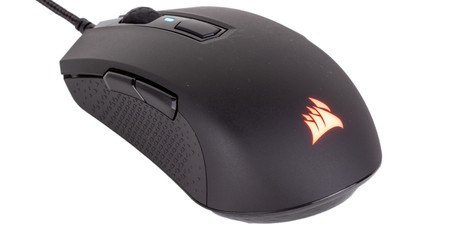
Manufacturer: Corsair
UK price (as reviewed): £44.99 (inc. VAT)
US price (as reviewed): $39.00 (exc. tax)
Corsair’s roster of mice is sizeable, and back in June it introduced a couple more to the lineup, one of which is the M55 RGB Pro. It sports a relatively simple design, the symmetry of which makes it ambidextrous. While you still get RGB lighting and button customisation, these features are limited relative to other more complex mice from both Corsair and its competitors, and this is reflected in the sub-£50 price tag. That’s still definitely not cheap as far as wired gaming mice go, but neither is it top-tier.
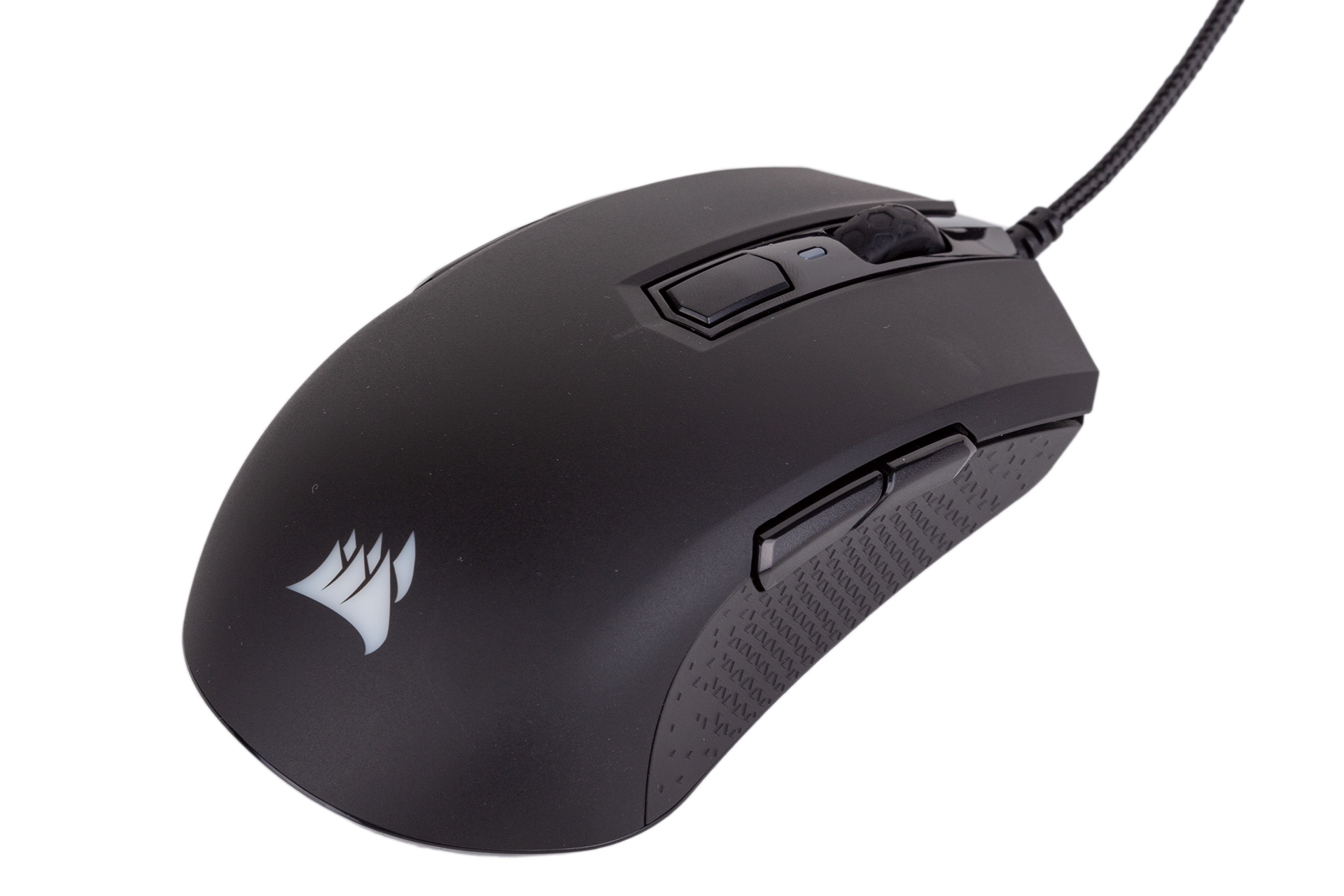
Although our sample is black, a white version is also planned. It weighs in at a non-adjustable 86g excluding cable, which is middle of the road. It has a matt, slightly coarse top cover, a few glossy black plastic sections (thankfully these don’t dominate), and textured rubber side sections. Build quality is largely good; there is some give on the sides when you squeeze inwards, but you won’t notice this during normal use. Two small PTFE feet are joined by a single large rear one, and mouse movements were smooth throughout testing.
The 1.8m USB cable is centrally aligned where it leaves the mouse, and it’s secured and angled in a way that ensures it doesn’t drag on the surface immediately in front of the M55 RGB Pro. It has a braiding on that feels high quality.
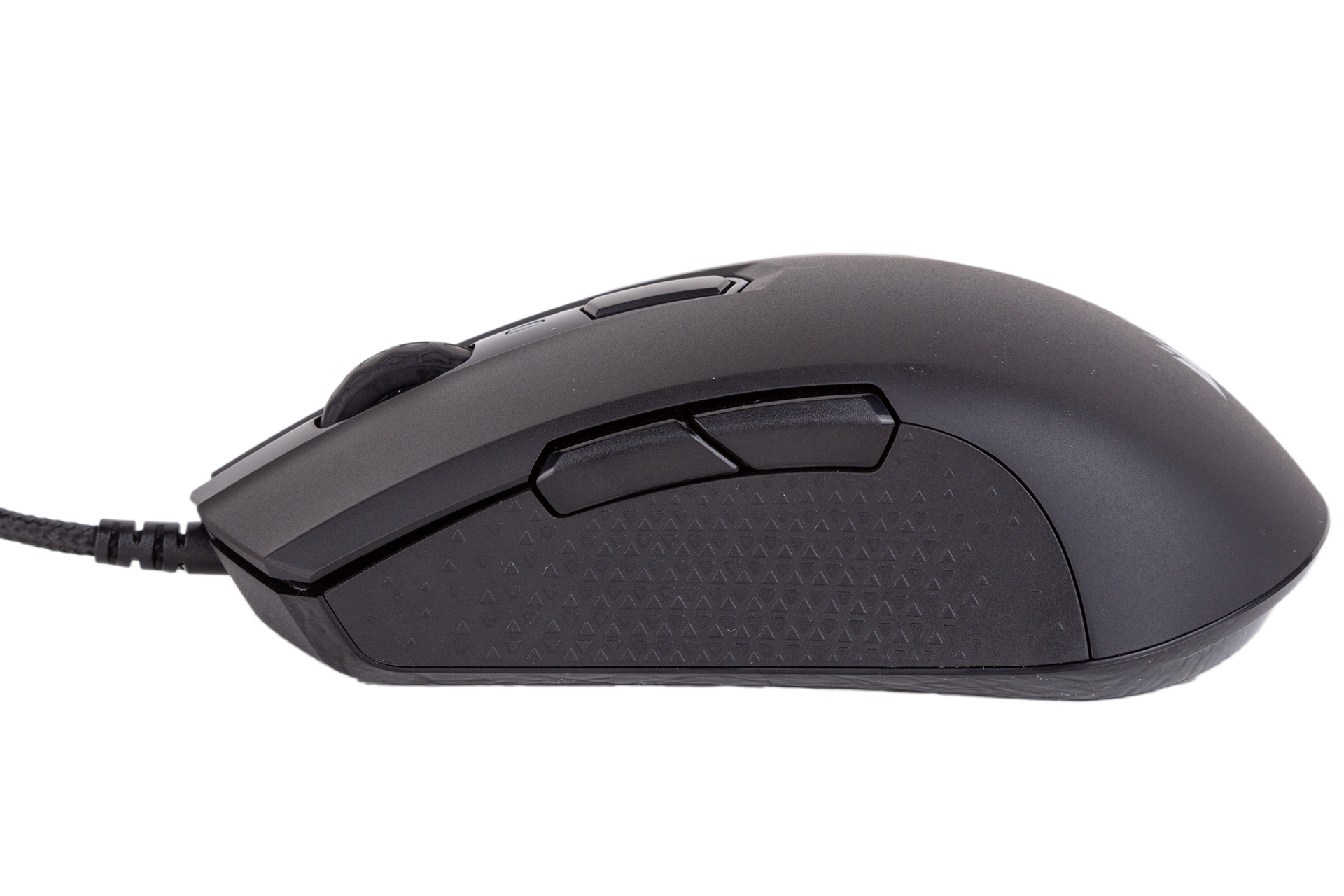
While ambidextrous designs obviously won’t be as crafted to your hand shape as ergonomic, right-hand-only mice, the M55 RGB Pro does a good job in this department, and I didn’t notice any obvious points of discomfort. The sizeable grip sections do their job well, and the sides of the top cover are smoothly angled downwards, which prevents your ring finger resting against a sharp edge. Corsair claims the mouse is suitable for palm, tip, and claw grips all at once; I found a tip grip to be undermined by the back-heavy weighting, but this is not how I typically use a mouse anyway. For claw grip and palm grip and everything in between, meanwhile, the M55 RGB Pro is largely comfortable and easy to wield.
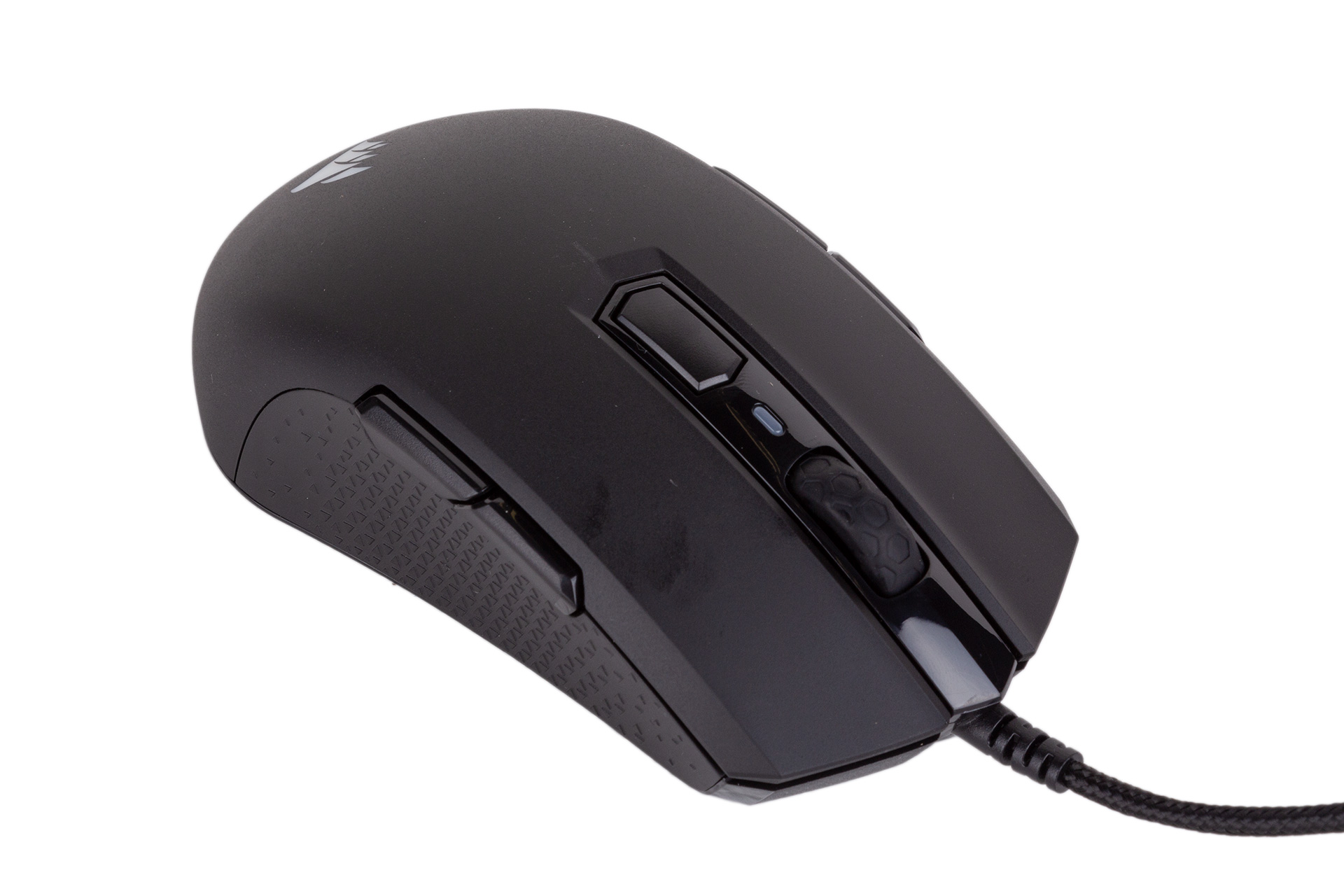
The main clickers and scroll wheel are joined by a DPI cycle button and two thumb buttons on each side, bringing the total to eight. These are all fully programmable in Corsair’s iCUE software, but keep in mind that the thumb buttons opposite the side where your thumb is are tricky to actuate fast unless you have exceptional ring finger control. These are therefore less suited to fast-paced, competitive games, but you could still use them for productivity macros or less time-sensitive in-game commands. Note that you have to manually enable their availability in iCUE, which is also where you can switch to left-handed mode.
The actuation force on the main clickers is consistent and nicely balanced thanks to Omron switches rated for 50 million clicks. The switches underneath the other buttons aren’t listed, but none are too loose or too stiff. The scroll wheel notches are well defined, and overall usability is good, though I did find the rear thumb button’s position a little awkward at times, even if I did adapt to it rather fast.

Customisable RGB lighting is used to light up the sails logo at the back, and this is treated as a single zone in iCUE. There is also a DPI indicator light between the DPI cycle switch and the scroll wheel, the colour of which can be adjusted and customised to represent different DPI levels.
The mouse’s sensor is listed as the PMW 3327 with a peak DPI of 12,400. This doesn’t correlate to any PixArt product pages, but it looks likely it is a misprint/renaming of the PAW 3327, which has a native DPI of 6,200, making it highly likely Corsair is using interpolation for any DPI values above 6,200. The vast majority of people will not use higher than that anyway, but it’s worth keeping in mind if you have a high enough resolution monitor setup to justify doing so.

DPI values up to the native resolution are handled well, with 1:1 tracking as far as I can tell, and no sign of angle snapping or jitter, other than the inevitable jitter from surface imperfections that always occurs when you reach 5,000 DPI or more. I don’t have any qualms in recommending this sensor for day to day use and gaming, and acceleration/deceleration effects were also not detected. Lift-off distance, however, is a bit weak, with the sensor only cutting out at a height of around three CDs – FPS players who like to do large sweeping movements at low DPI levels will probably want something better, and the LOD here cannot be adjusted.

MSI MPG Velox 100R Chassis Review
October 14 2021 | 15:04

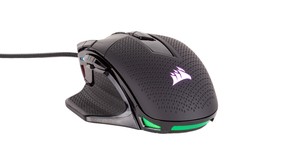
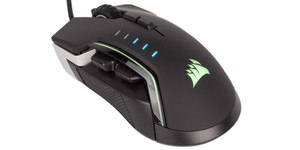
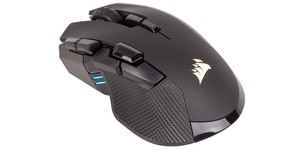




Want to comment? Please log in.